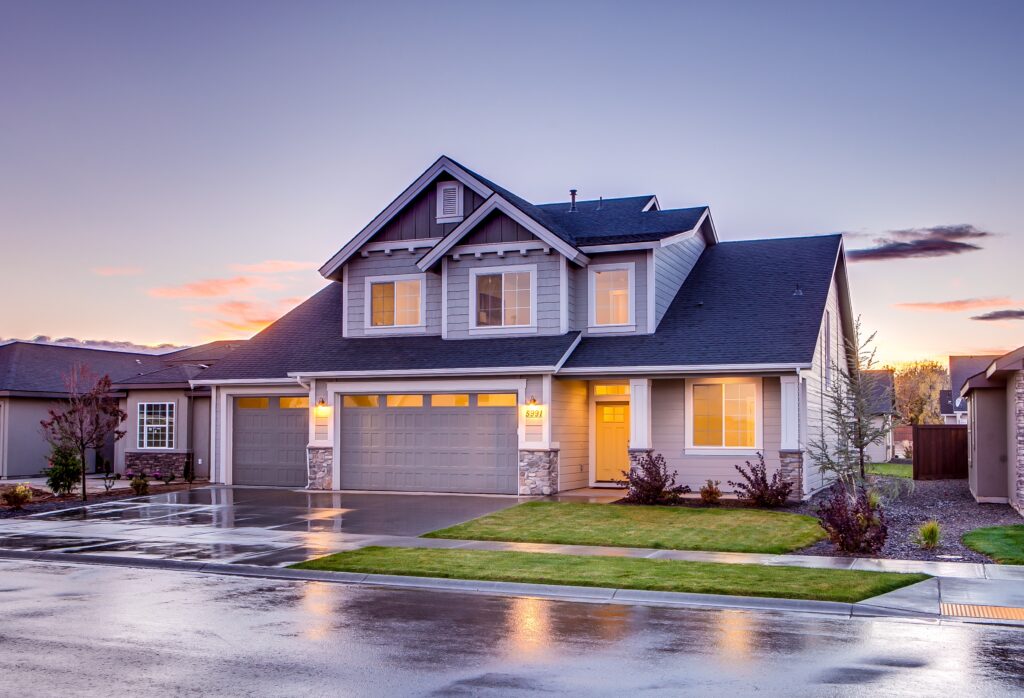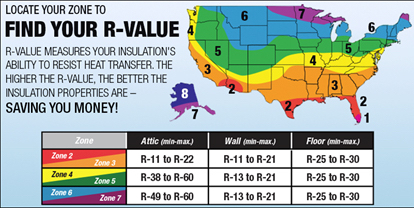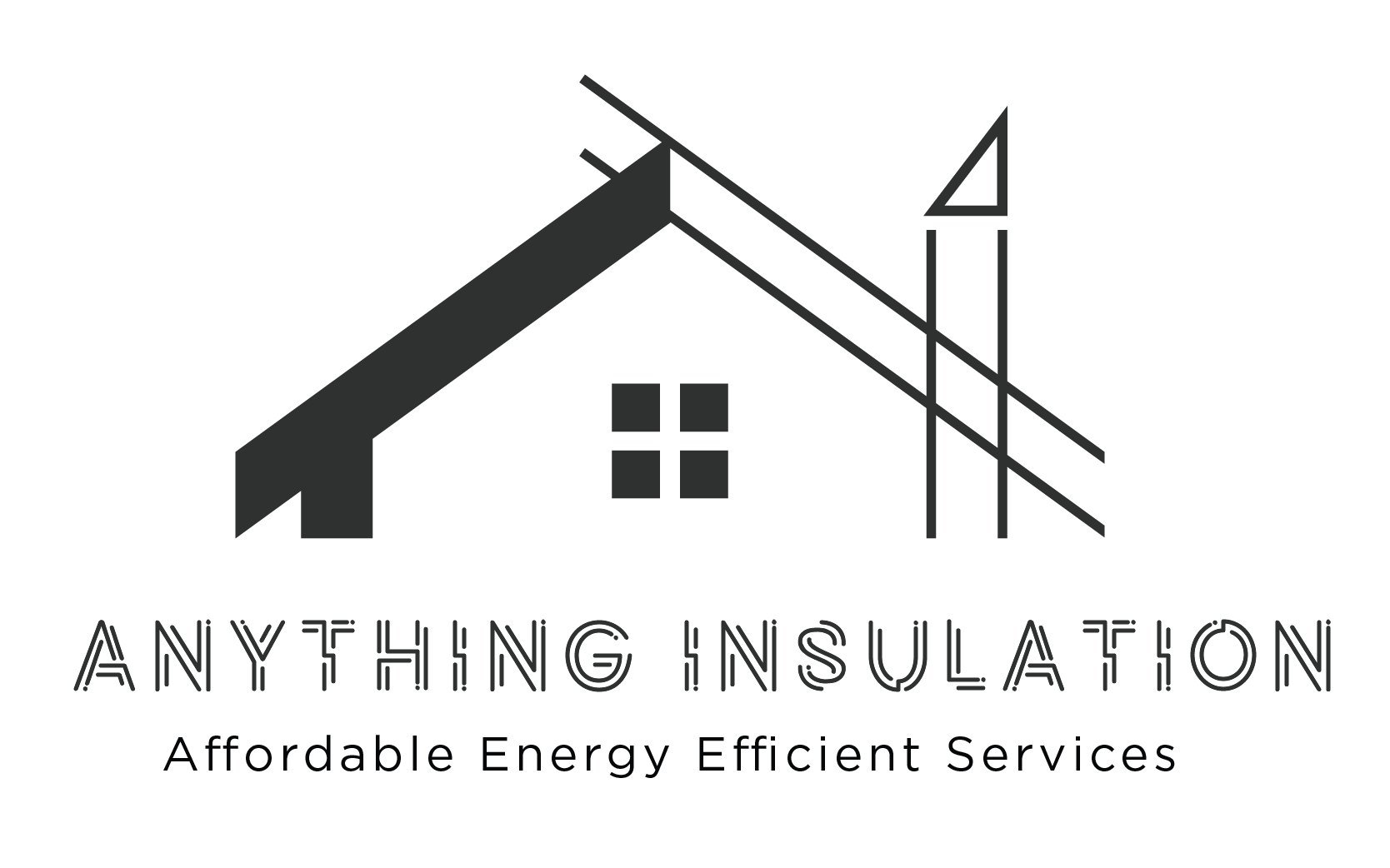EXTERIOR WALL
INSULATION
IMPROVE THERMAL PERFORMANCE AND MINIMIZE ENERGY COSTS
Exterior insulation minimizes thermal bridging, where cold is transferred directly through the solid outer walls of the home. It separates the cold air from the exterior walls and prevents energy loss throughout the home or building.
Lower Energy Bills
With fiberglass batt insulation, you can lower your utility costs by up to 56%.
Sound Absorbent
Whether installed in walls or attic, the fiberglass is sound absorbent, allowing you to keep the peace.
Cost
Effective
Compared with alternative insulation types, fiberglass insulation is cost-effective and quick to install.
Long
Lasting
Fiberglass insulation is guaranteed to last the lifetime of the home.
Install Applications
Residential

Commercial

Insulation Material Specs
Atticat Pink Panther Fiberglass
Fiberglass is made from plastic, glass, and other raw materials that are melted and spun into fibers that resemble the texture of wool. Fiberglass insulation has moisture and fire-resistant properties. Because fiberglass is made from sand and glass, it is naturally non-combustible. Fiberglass has significant recycled content with some loose-fill products containing up to 80% recycled glass.
R-Value Defined
Blown-in insulation provides a dense, effective barrier against heating/cooling loss or gain, and it provides an affordable R-value per inch. “R” means resistance to heat flow. The higher the R-value, the greater the insulating power.
Dense-packed cellulose or fiberglass insulation blocks the bulk of air movement and has a higher R-value per inch than insulation installed at a lower density. Attics can accommodate a deep layer of insulation, as much as 16 to 26 inches, making the resistance to heat flow even higher by installing blown-in insulation.
Fiberglass blown-in insulation is a loose material which allows the installation amount to be customized according to your local energy efficiency recommendations. Depending on which climate zone you live in, you may need a higher R-value. The higher the R-value, the more it will decrease air flow and help you conserve energy.


